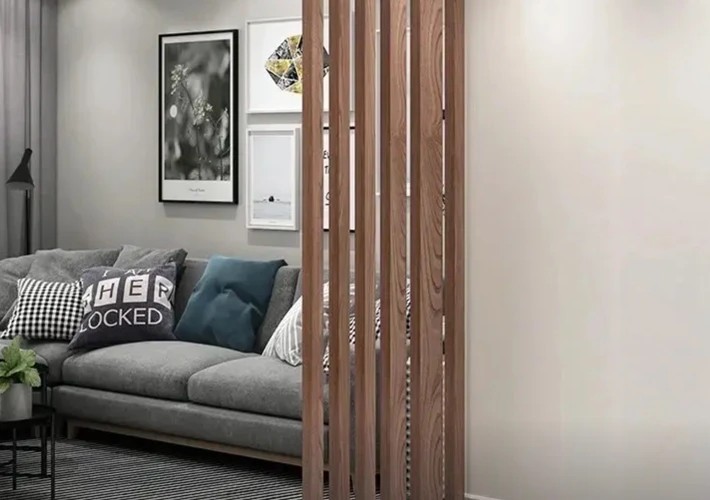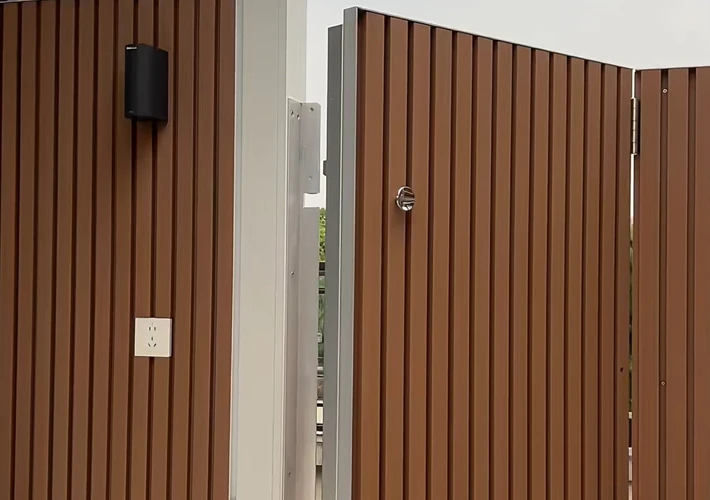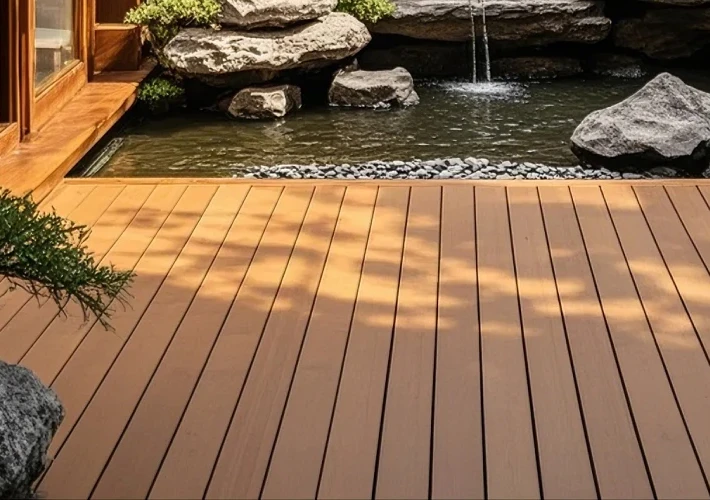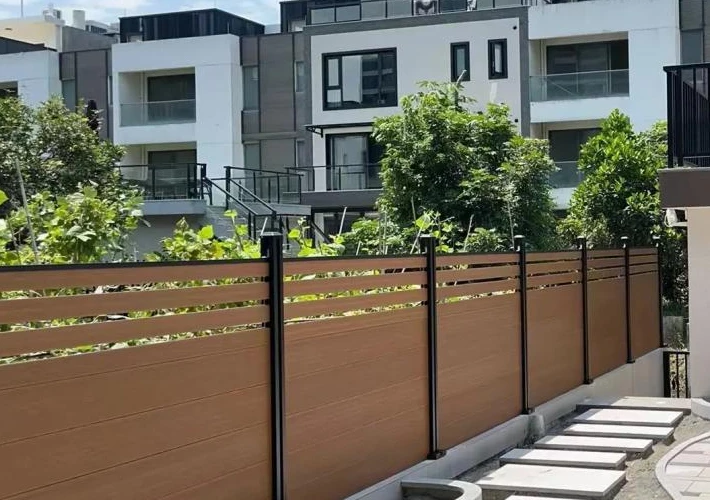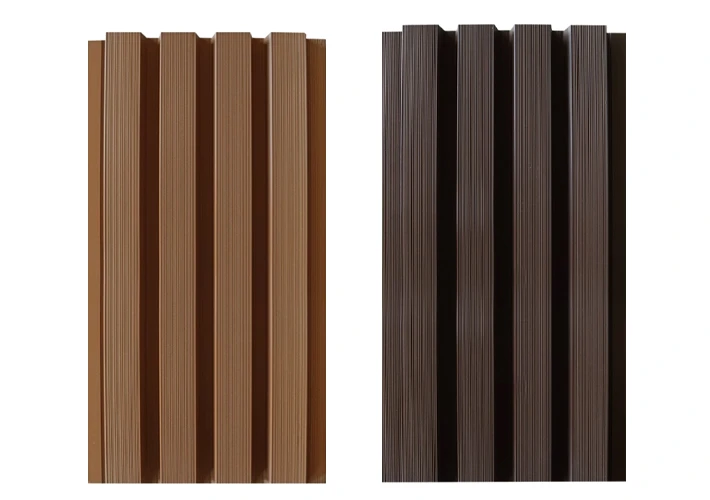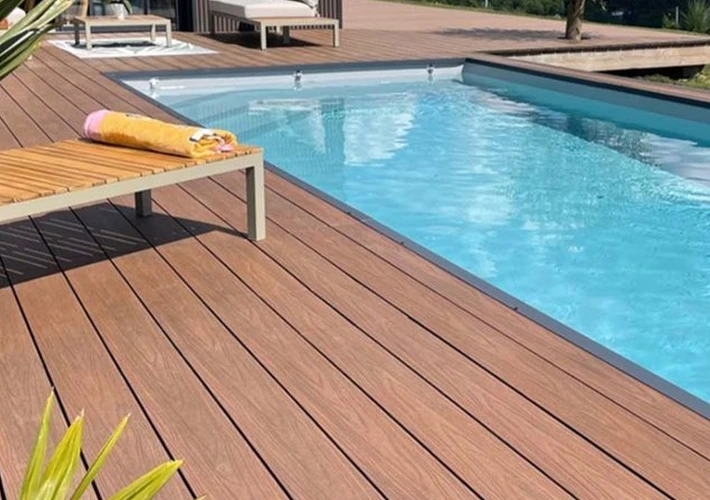In recent years, best way to clean composite decking have become popular worldwide with their “zero maintenance” label, becoming the preferred material for many villa courtyards, rooftop terraces, and even commercial landscapes. However, many users have discovered after years of use that the so-called “low maintenance” is not “no maintenance”, but rather requires much less maintenance compared to traditional wood. Fading under sunlight, mold growing during the rainy season, and stubborn oil stains in crevices all silently remind us that even high-tech composite materials require scientific cleaning and maintenance.
This article will break through common misconceptions in the market, dissect the characteristics of composite decks from the perspective of materials science, combine SolidexWood’s official maintenance guidance, and the environmental characteristics of various regions to present you with a cleaning solution that meets international standards and is grounded. Whether you are a novice who has just installed the deck or an old user who is troubled by aged dirt, you can find detailed maintenance answers here.

Table of Contents
ToggleWhy do Composite Decks Require Special Cleaning?
To understand the necessity of cleaning methods, one must first unveil the mysterious veil of composite deck materials. This material is not simply a “plastic floor”.But is formed by high-temperature co extrusion of 50-60% wood fiber, 20-30% recycled plastic (HDPE), and 10-20% additives. Its surface is often covered with this patent protection layer:
UV resistant layer: It resists the degradation of sunlight through components such as titanium oxide.
Anti slip texture: imitates the tactile sensation of wood through the micro concave convex structure on the surface.Preventing the surface from slipping.
Anti pollution coating: Some high-end products adopt anti splash technology.
These precise and rigorous structures determine that it cannot be cleaned casually like traditional anti-corrosion wood. For example:
If the high-pressure water gun exceeds 1500PSI. It will damage the microporous structure of the anti slip layer and cause surface damage.
Strong acid and alkali cleaning agents can break the chemical bonds of the UV resistant layer on the surface. Corrosion of the surface structure of products.
Scratching with steel wire balls may cause permanent detachment of the anti fouling layer.

Cleaning is not Just for Aesthetics
Many users believe that cleaning is just a “face saving project”, but in reality, hidden dangers lie deep:
Structural safety risks
Organic matter accumulated at the seams, such as decaying leaves, will release acidic substances, gradually corroding the deck buckles. Causing damage to the buckle and detachment of the clamp, which can easily lead to harm.
Microbial invasion
Although the wood fiber components of composite materials have undergone anti-corrosion treatment. They may still become a “culture medium” for mold in environments with humidity greater than 70%. The ASTM test conducted by the American Materials Laboratory shows .That continuous mold growth can reduce the bending strength of the deck by 18%.
Uncontrolled thermal expansion and contraction
If the snow on the deck surface is not cleared in a timely manner during winter in the north.The infiltration of snowmelt water into the gaps and repeated freezing and thawing may lead to expansion and deformation. So during installation. It is necessary to reserve expansion joints for both to avoid damage to the deck caused by thermal expansion and contraction.

List of Cleaning Tools and Materials
Before starting the cleaning process, please prepare the following tools:
Soft bristled brush or broom (to avoid scratching the surface with a hard bristled brush).
Garden water pipe or low-pressure cleaning machine (pressure<1500 PSI).
Specialized composite deck cleaner (or pH neutral cleaning solution).
Bucket, sponge or mop (for local cleaning).
Protective equipment (gloves, goggles).
Optional: Oxygen bleach, white vinegar, baking soda (for environmentally friendly cleaning).
Step By Step Cleaning Process
Daily cleaning (once every 1-3 months)
Cleaning up debris: Use a broom to remove loose dirt such as fallen leaves and dust.
Pre flushing: Rinse the deck surface with a water pipe, focusing on cleaning the gaps.
Apply cleaning agent: Dilute the specialized cleaning agent according to the instructions and evenly apply it with a mop or spray bottle.
Gentle Brushing: Use a soft bristled brush to treat stubborn stains and avoid excessive friction.
Thoroughly rinse: Rinse off residual cleaning agents to prevent water stains.
Natural drying: Wait until the deck is completely dry before placing furniture.
Deep cleaning (twice a year)
Suitable for situations with heavy dirt:
Low pressure flushing: Use a cleaning machine with a pressure of less than 1500 PSI, and ensure that the nozzle is at least 30 centimeters away from the surface.
Oxygen bleach treatment: Oxygen bleach (1 cup to 4 liters of water) can be used in fungal areas, let it stand for 15 minutes, and then rinse.
Common Stubborn Stain Treatment Techniques
Although composite decks have strong anti fouling properties, the following stains require targeted treatment:
Mold/Mildew Spots
Generally speaking, composite decks are prone to mold and bacterial growth. If you regularly inspect and clean the surface of the best way to clean composite decking, removing accumulated water, there will be less growth of mold. However, if the drainage channel at the bottom of the terrace is blocked, causing water accumulation and poor drainage, it may lead to the growth of mold.
The cleaning of mold is not complicated. The cleaning method includes first rinsing with a high-pressure water gun. Then use oxygen bleach or a 1:1 white vinegar solution (avoid chlorine bleach). After soaking, use a soft bristled brush to clean thoroughly. Finally, rinse with water to remove all mold. So it is necessary to keep the composite deck dry at all times, maintain ventilation, and avoid water accumulation.
Rust and Water Stains
Rust and water stains on the terrace are usually caused by uneven or non sloping installation, resulting in water accumulation on the surface of the composite deck. Terrace furniture and metal items that have been damp or soaked in water.
Usually, cleaning agents and warm water can be used to scrub. If there are still rust and water stains after cleaning, use a special rust remover or weakly acidic cleaner to clean. Pay attention to the water ratio when using to avoid fading or damage to the composite deck.
Winter Snowfall and de Icing
We suggest that you thoroughly clean the compound terrace before winter arrives. In winter, there may be a large amount of snowfall. Please ensure that the drainage channels and gaps of the best way to clean composite decking are unobstructed to avoid affecting the discharge of snow.
Do not use metal shovels to clean the snow on the surface of the composite deck. Plastic shovels can be used to clear snow, making the terrace crisp in winter and avoiding damage to the terrace surface.
Use a snow melting agent to clear the accumulated snow on the composite deck.

Frequently Asked Questions and Answers
Q: Can composite decks be cleaned with high-pressure water guns?
A: Sure, but it is necessary to control the pressure to be less than 1500 PSI and maintain a distance of at least 30 centimeters.
Q: How often should the cleaning frequency be?
A: Daily cleaning should be done once every 1-3 months, and deep cleaning should be done twice a year.
Q: Do composite decks need waxing or sealing?
A: No need, the composite material has undergone surface treatment before leaving the factory.
Q: Will alcohol or disinfectant damage the deck?
A: Frequent use may cause the surface to dry out. It is recommended to dilute it before use and rinse it promptly.
Conclusion
Mastering the best method for best way to clean composite decking can not only enhance the aesthetics of outdoor spaces, but also save future maintenance costs. Follow the steps in this article – choose the appropriate tools, avoid common mistakes, and adhere to seasonal maintenance, and your deck will last as good as new. Whether it’s DIY cleaning or seeking professional help, regular maintenance is the key!
Take immediate action:
Measure the available area of the garden and plan the spatial layout.
Consult professional designers to customize personalized solutions.


